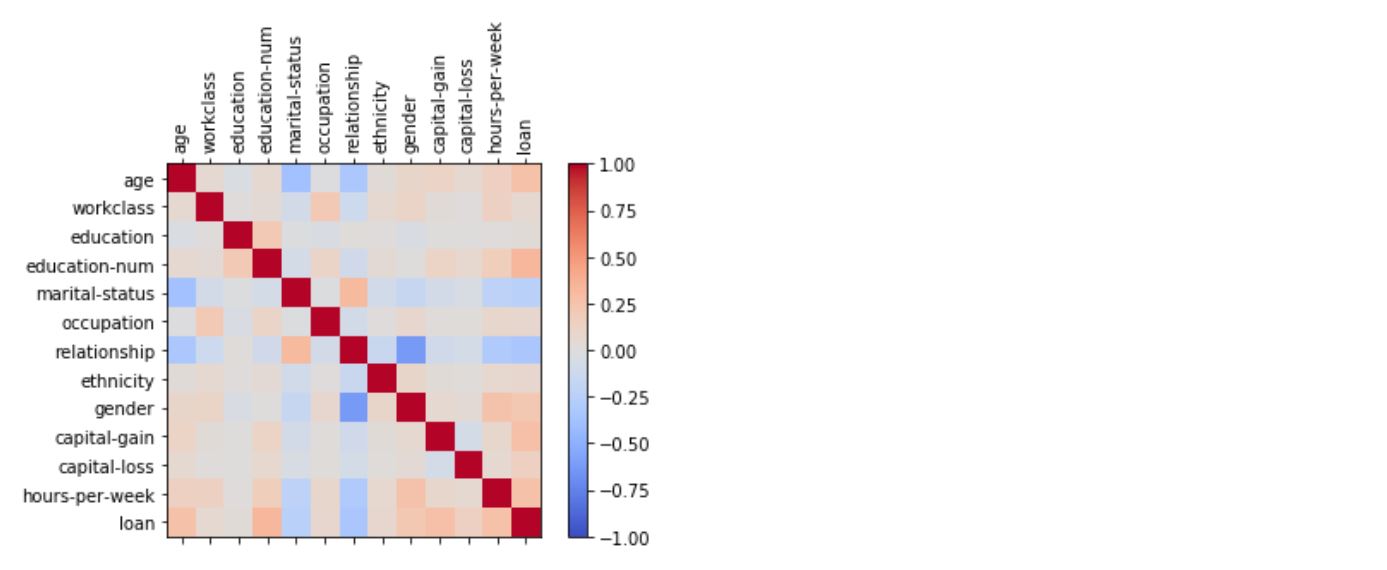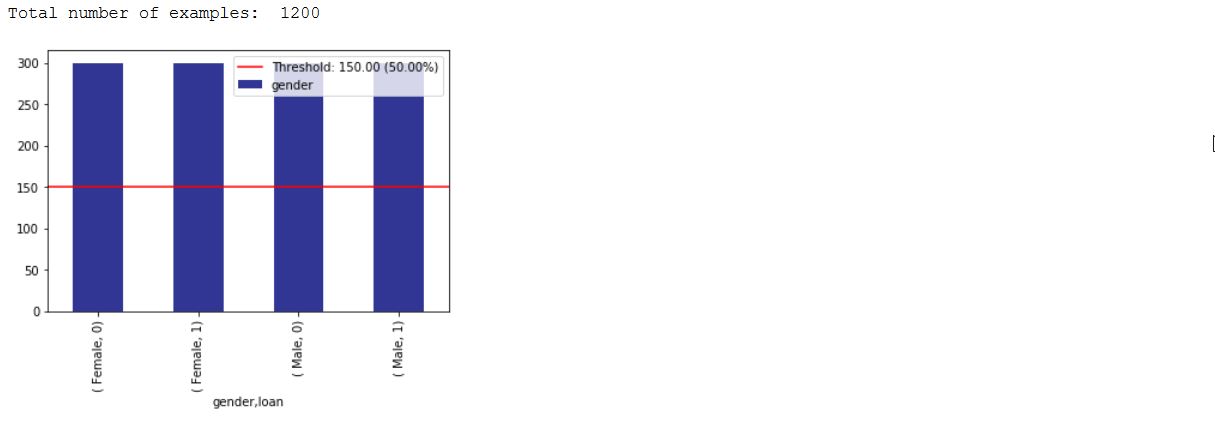EthicalML / Xai
Programming Languages
Projects that are alternatives of or similar to Xai
XAI - An eXplainability toolbox for machine learning
XAI is a Machine Learning library that is designed with AI explainability in its core. XAI contains various tools that enable for analysis and evaluation of data and models. The XAI library is maintained by The Institute for Ethical AI & ML, and it was developed based on the 8 principles for Responsible Machine Learning.
You can find the documentation at https://ethicalml.github.io/xai/index.html. You can also check out our talk at Tensorflow London where the idea was first conceived - the talk also contains an insight on the definitions and principles in this library.
YouTube video showing how to use XAI to mitigate undesired biases
| This video of the talk presented at the PyData London 2019 Conference which provides an overview on the motivations for machine learning explainability as well as techniques to introduce explainability and mitigate undesired biases using the XAI Library. |

|
| Do you want to learn about more awesome machine learning explainability tools? Check out our community-built "Awesome Machine Learning Production & Operations" list which contains an extensive list of tools for explainability, privacy, orchestration and beyond. |

|
0.0.5 - ALPHA Version
This library is currently in early stage developments and hence it will be quite unstable due to the fast updates. It is important to bare this in mind if using it in production.
If you want to see a fully functional demo in action clone this repo and run the Example Jupyter Notebook in the Examples folder.
What do we mean by eXplainable AI?
We see the challenge of explainability as more than just an algorithmic challenge, which requires a combination of data science best practices with domain-specific knowledge. The XAI library is designed to empower machine learning engineers and relevant domain experts to analyse the end-to-end solution and identify discrepancies that may result in sub-optimal performance relative to the objectives required. More broadly, the XAI library is designed using the 3-steps of explainable machine learning, which involve 1) data analysis, 2) model evaluation, and 3) production monitoring.
We provide a visual overview of these three steps mentioned above in this diagram:

XAI Quickstart
Installation
The XAI package is on PyPI. To install you can run:
pip install xai
Alternatively you can install from source by cloning the repo and running:
python setup.py install
Usage
You can find example usage in the examples folder.
1) Data Analysis
With XAI you can identify imbalances in the data. For this, we will load the census dataset from the XAI library.
import xai.data
df = xai.data.load_census()
df.head()

View class imbalances for all categories of one column
ims = xai.imbalance_plot(df, "gender")

View imbalances for all categories across multiple columns
im = xai.show_imbalance(df, "gender", "loan")

Balance classes using upsampling and/or downsampling
bal_df = xai.balance(df, "gender", "loan", upsample=0.8)

Perform custom operations on groups
groups = xai.group_by_columns(df, ["gender", "loan"])
for group, group_df in groups:
print(group)
print(group_df["loan"].head(), "\n")

Visualise correlations as a matrix
_ = xai.correlations(df, include_categorical=True, plot_type="matrix")

Visualise correlations as a hierarchical dendogram
_ = xai.correlations(df, include_categorical=True)

Create a balanced validation and training split dataset
# Balanced train-test split with minimum 300 examples of
# the cross of the target y and the column gender
x_train, y_train, x_test, y_test, train_idx, test_idx = \
xai.balanced_train_test_split(
x, y, "gender",
min_per_group=300,
max_per_group=300,
categorical_cols=categorical_cols)
x_train_display = bal_df[train_idx]
x_test_display = bal_df[test_idx]
print("Total number of examples: ", x_test.shape[0])
df_test = x_test_display.copy()
df_test["loan"] = y_test
_= xai.imbalance_plot(df_test, "gender", "loan", categorical_cols=categorical_cols)

2) Model Evaluation
We are able to also analyse the interaction between inference results and input features. For this, we will train a single layer deep learning model.
model = build_model(proc_df.drop("loan", axis=1))
model.fit(f_in(x_train), y_train, epochs=50, batch_size=512)
probabilities = model.predict(f_in(x_test))
predictions = list((probabilities >= 0.5).astype(int).T[0])

Visualise permutation feature importance
def get_avg(x, y):
return model.evaluate(f_in(x), y, verbose=0)[1]
imp = xai.feature_importance(x_test, y_test, get_avg)
imp.head()

Identify metric imbalances against all test data
_= xai.metrics_plot(
y_test,
probabilities)

Identify metric imbalances across a specific column
_ = xai.metrics_plot(
y_test,
probabilities,
df=x_test_display,
cross_cols=["gender"],
categorical_cols=categorical_cols)

Identify metric imbalances across multiple columns
_ = xai.metrics_plot(
y_test,
probabilities,
df=x_test_display,
cross_cols=["gender", "ethnicity"],
categorical_cols=categorical_cols)

Draw confusion matrix
xai.confusion_matrix_plot(y_test, pred)

Visualise the ROC curve against all test data
_ = xai.roc_plot(y_test, probabilities)

Visualise the ROC curves grouped by a protected column
protected = ["gender", "ethnicity", "age"]
_ = [xai.roc_plot(
y_test,
probabilities,
df=x_test_display,
cross_cols=[p],
categorical_cols=categorical_cols) for p in protected]

Visualise accuracy grouped by probability buckets
d = xai.smile_imbalance(
y_test,
probabilities)

Visualise statistical metrics grouped by probability buckets
d = xai.smile_imbalance(
y_test,
probabilities,
display_breakdown=True)

Visualise benefits of adding manual review on probability thresholds
d = xai.smile_imbalance(
y_test,
probabilities,
bins=9,
threshold=0.75,
manual_review=0.375,
display_breakdown=False)





